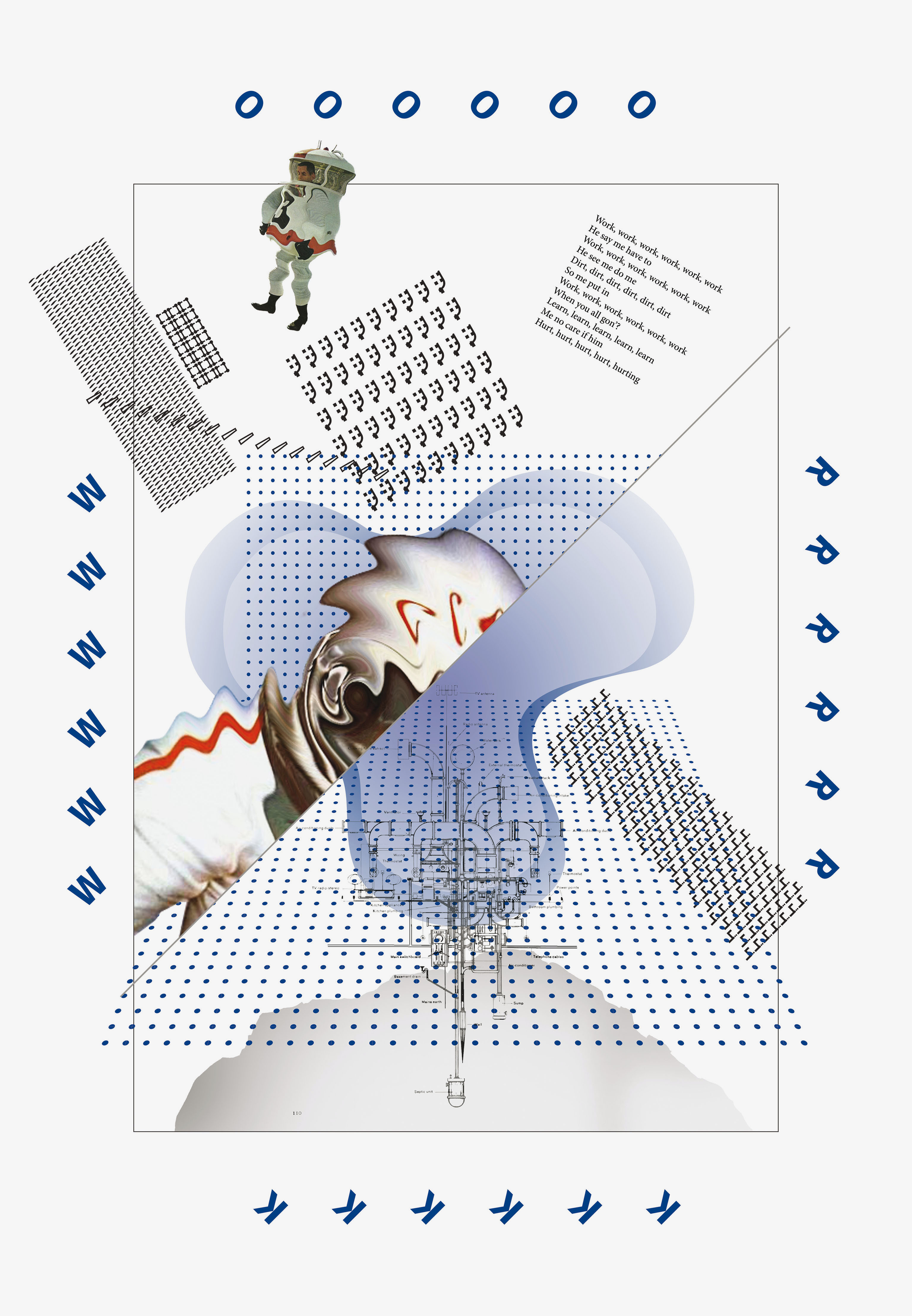

02 WORKSTATION SPACESTATION
CHRISTIANNA BONIN︎︎︎
As a historian and critic of architecture and art, images provide my lifeblood, my daily bread, my paycheck, my creative fodder. Books, streets, interiors, museums, sketchbooks, Pinterest, theaters, billboards, archives, factories, facades, films, clothing. Images rattle me awake. They make me question my presuppositions. They are springboards to ideas I rarely foresee. They are Trojans in my head, rustling up the experiences I wish I could forget. I print them, save them, share them, debate them, cut them out, pin them up, rip them apart. I seek and find images in my surroundings. I interrogate the ways that artists and architects have perceived their worlds and represented future ones. I write histories of image-making and image-makers.
For me, images are more than a painting on a wall or a photograph of a building. They are graphic and verbal; optical and mental; above all, they are perceptual. Anytime I sit down to write about a work of art and architecture, I struggle to put into words—to make a verbal image—of something that has already been expressed (perhaps more perfectly) in another graphic medium. Why bother to translate between different kinds of images? Because I believe that language can produce a discourse or reveal a state of affairs that can be tested against other representations. Just the same, I have faith in the pithiness and eloquence of graphic images. Sometimes, no words are needed.
In my research and teaching, I use images to redress an imbalance. There is a human tendency to think of ourselves as “in here” and everything else as “out there.” By exaggerating the separation of our consciousness from our surroundings, we produce for ourselves a saving isolation. Instead, I believe that there is actually continuity between how we feel about ourselves and the exteriority with which we are coming into contact. Studying images that represent the world and the self, produced by artists and architects, is the best place to begin redressing this imbalance—between our sense of self and its relation to social, economic, and psychological realms.
CHRISTIANNA BONIN︎︎︎is a PhD candidate in the History, Theory and Criticism of Architecture + Art program at MIT. She studies late 19th and 20th-century art and architecture in Europe and Russia. Her research explores the relationships among industry, economies, and culture, particularly the design and planning of cultural institutions and the concepts of “regional” and “international” in the architecture of Soviet Russia. Recently, she has written on interwar machine and craft aesthetics, the impact of social traumas on urban form, theories of organization and their uptake in architectural and artistic practices, the exchange of ideas between East and West German architects, and the politics of preserving modern architecture in Cold War Germany.
As a historian and critic of architecture and art, images provide my lifeblood, my daily bread, my paycheck, my creative fodder. Books, streets, interiors, museums, sketchbooks, Pinterest, theaters, billboards, archives, factories, facades, films, clothing. Images rattle me awake. They make me question my presuppositions. They are springboards to ideas I rarely foresee. They are Trojans in my head, rustling up the experiences I wish I could forget. I print them, save them, share them, debate them, cut them out, pin them up, rip them apart. I seek and find images in my surroundings. I interrogate the ways that artists and architects have perceived their worlds and represented future ones. I write histories of image-making and image-makers.
For me, images are more than a painting on a wall or a photograph of a building. They are graphic and verbal; optical and mental; above all, they are perceptual. Anytime I sit down to write about a work of art and architecture, I struggle to put into words—to make a verbal image—of something that has already been expressed (perhaps more perfectly) in another graphic medium. Why bother to translate between different kinds of images? Because I believe that language can produce a discourse or reveal a state of affairs that can be tested against other representations. Just the same, I have faith in the pithiness and eloquence of graphic images. Sometimes, no words are needed.
In my research and teaching, I use images to redress an imbalance. There is a human tendency to think of ourselves as “in here” and everything else as “out there.” By exaggerating the separation of our consciousness from our surroundings, we produce for ourselves a saving isolation. Instead, I believe that there is actually continuity between how we feel about ourselves and the exteriority with which we are coming into contact. Studying images that represent the world and the self, produced by artists and architects, is the best place to begin redressing this imbalance—between our sense of self and its relation to social, economic, and psychological realms.
CHRISTIANNA BONIN︎︎︎is a PhD candidate in the History, Theory and Criticism of Architecture + Art program at MIT. She studies late 19th and 20th-century art and architecture in Europe and Russia. Her research explores the relationships among industry, economies, and culture, particularly the design and planning of cultural institutions and the concepts of “regional” and “international” in the architecture of Soviet Russia. Recently, she has written on interwar machine and craft aesthetics, the impact of social traumas on urban form, theories of organization and their uptake in architectural and artistic practices, the exchange of ideas between East and West German architects, and the politics of preserving modern architecture in Cold War Germany.